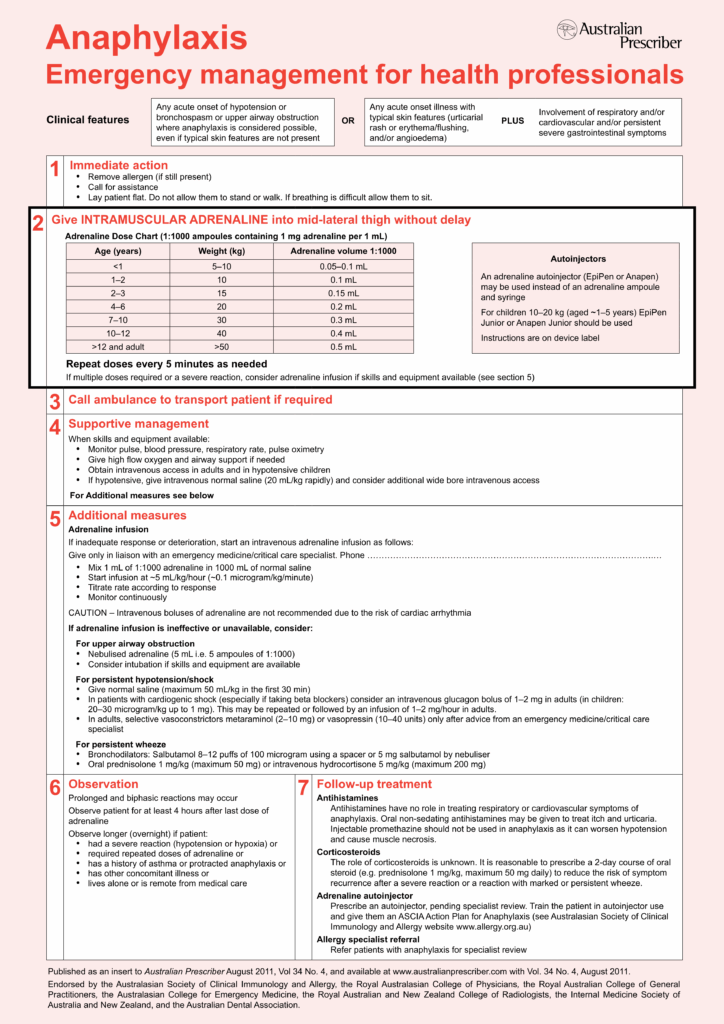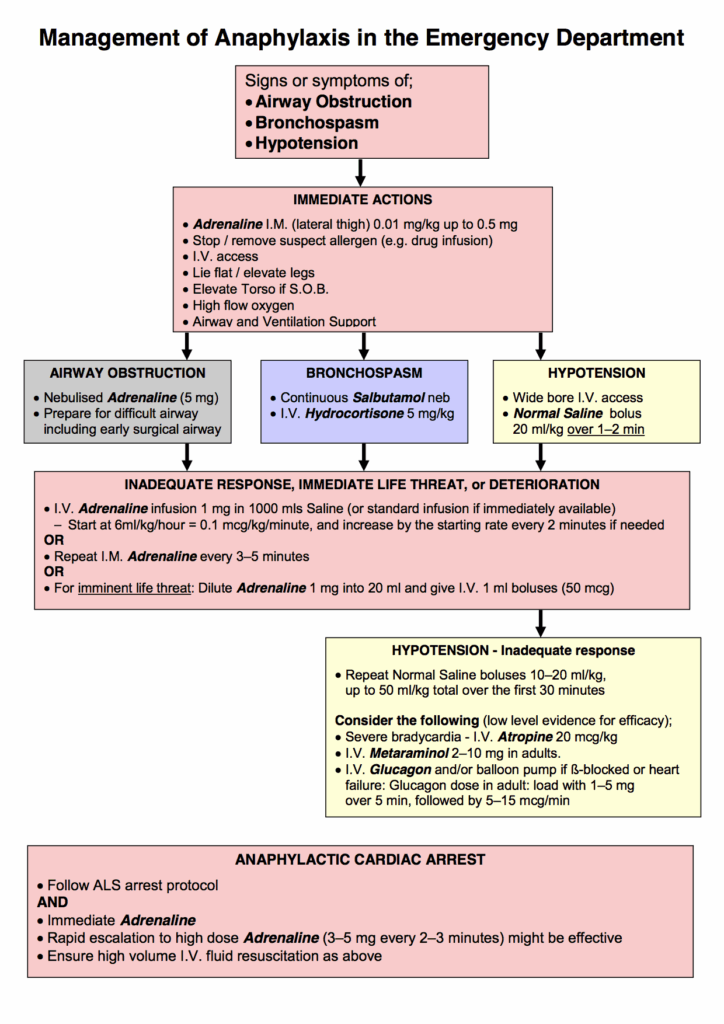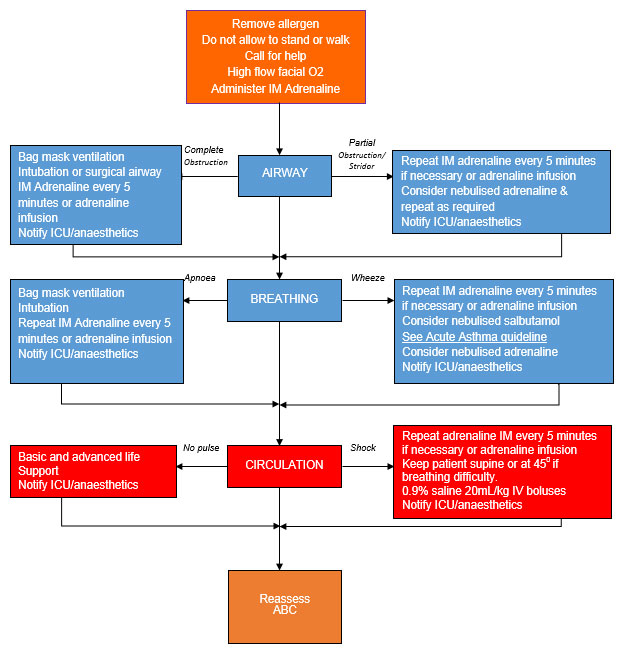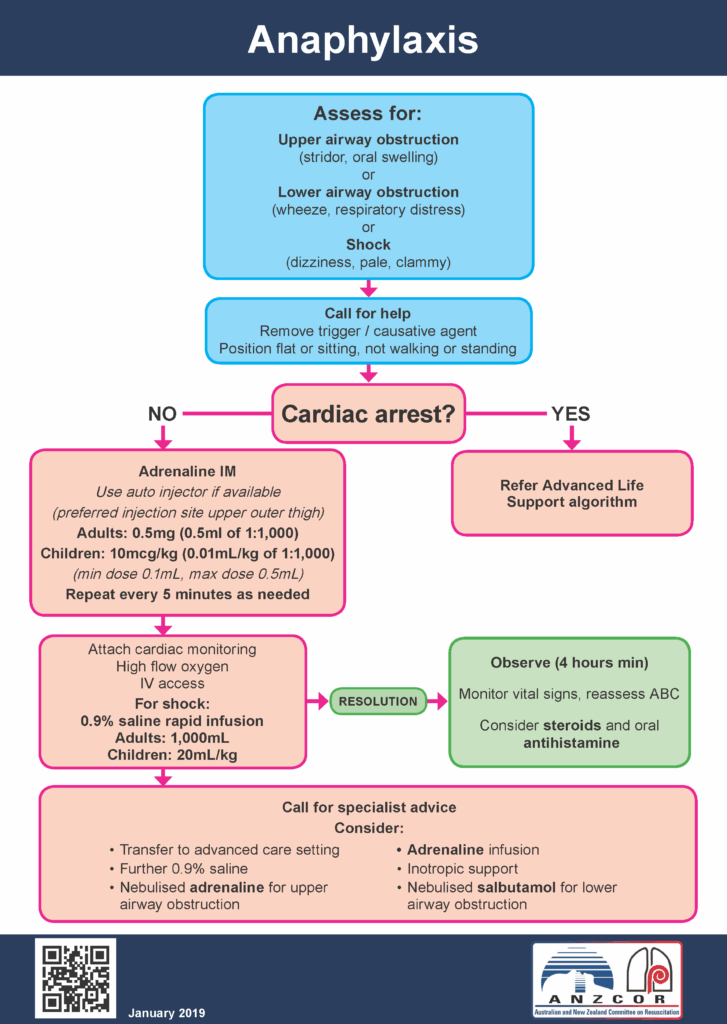Anaphylaxis is a severe and potentially life-threatening allergic reaction that can occur within minutes of exposure to an allergen. The body’s immune system overreacts to the allergen, releasing chemicals like histamine that cause a rapid inflammatory response. This can lead to symptoms ranging from hives and swelling to difficulty breathing and a drop in blood pressure.
Anaphylaxis is a medical emergency that requires immediate treatment with epinephrine to counteract the allergic response. Understanding the pathophysiology of anaphylaxis can help healthcare providers and patients recognize the signs and symptoms early, leading to prompt intervention and potentially saving lives.
Anaphylaxis Pathophysiology Flow Chart
Pathophysiology of Anaphylaxis
The pathophysiology of anaphylaxis involves a cascade of events triggered by the immune system’s response to an allergen. When a person with a predisposition to allergies is exposed to an allergen, such as a food, medication, insect sting, or latex, their immune system recognizes it as a threat and produces antibodies, specifically immunoglobulin E (IgE).
Upon re-exposure to the allergen, the IgE antibodies bind to mast cells and basophils, triggering the release of inflammatory mediators like histamine, leukotrienes, and prostaglandins. These substances cause vasodilation, increased vascular permeability, smooth muscle contraction, and mucus production, leading to the classic symptoms of anaphylaxis, including swelling, hives, bronchoconstriction, and hypotension.
Flow Chart of Anaphylaxis Pathophysiology
A flow chart illustrating the pathophysiology of anaphylaxis can help visualize the sequence of events that occur during an allergic reaction. Starting with allergen exposure and IgE production, the flow chart can depict the activation of mast cells, release of inflammatory mediators, and the resulting symptoms of anaphylaxis. Understanding this process can aid in the early recognition and management of anaphylaxis, ensuring timely administration of epinephrine and other lifesaving interventions.
In conclusion, anaphylaxis is a complex and potentially life-threatening allergic reaction that requires prompt recognition and treatment. By understanding the pathophysiology of anaphylaxis and utilizing tools like flow charts to visualize the process, healthcare providers and patients can be better prepared to respond effectively to this medical emergency.
Download Anaphylaxis Pathophysiology Flow Chart
Anaphylaxis Management Flow Chart Artofit
Anaphylaxis Management Flow Chart Charlie 39 s ED
Anaphylaxis Flow Chart NBKomputer
Anaphylaxis Flow Chart NBKomputer




